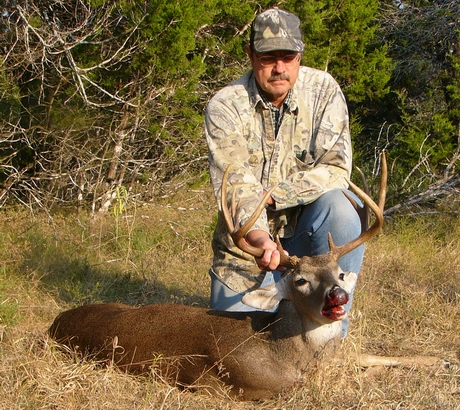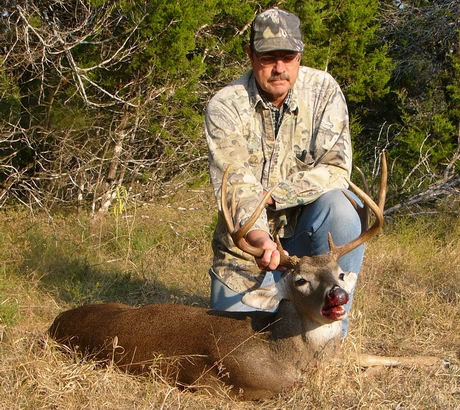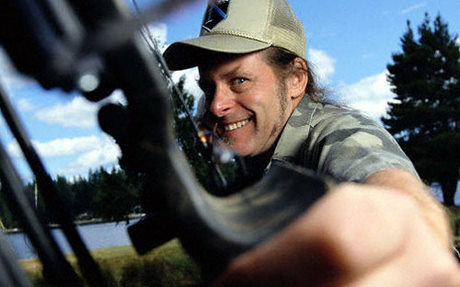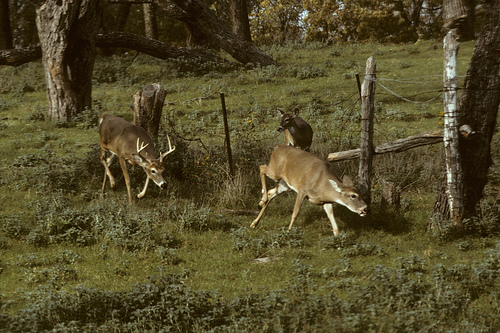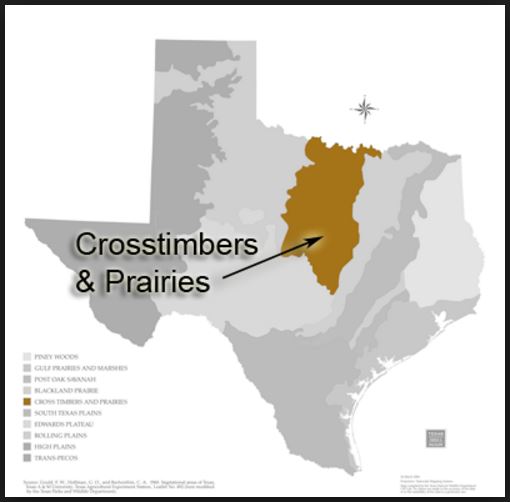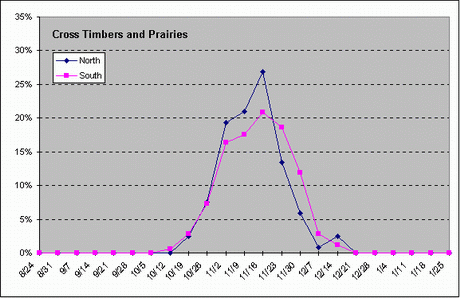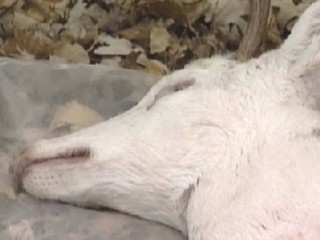
Everyone likes to hear about albino deer — and I think everyone would even love the opportunity to harvest an albino buck simply as a novely. But guess what? On this season deer hunting opener in Minnesota, a female hunter managed to harvest one of the rarest colored white-tailed deer around — an albino buck! Yep, hunter Mary Rakotz of Avon got the 6-point buck on Saturday in Mille Lacs County, Minnesota.
The hunter said it was thrilling to see the abnormally-colored animal, but it was 100 times more exciting to be able to actually take the white-colored buck home. Here is what Ms. Rakotz had to say:
“I had heard that it might be in the area, so I thought that here was my chance of a lifetime. So I had to creep a little bit, probably about 40 yards, to get a good place where I could steady myself a little bit. But then I did that and shot and the buck went right down.”
And as rare of a harvest as it is, the hunter says she’s not sure if she has room to mount the buck, but her family and friends are pretty excited for her, and maybe even a little jealous.
The albino buck was only a 6-point deer and I doubt it’s very old (and sorry about the photo, it was the best available). However, in most cases ablino deer just do not get to live very long, because oddly colored deer don’t last long in the woods for obvious reasons. Not many hunters are going to pass on a shot at a once in a lifetime opportunity.

